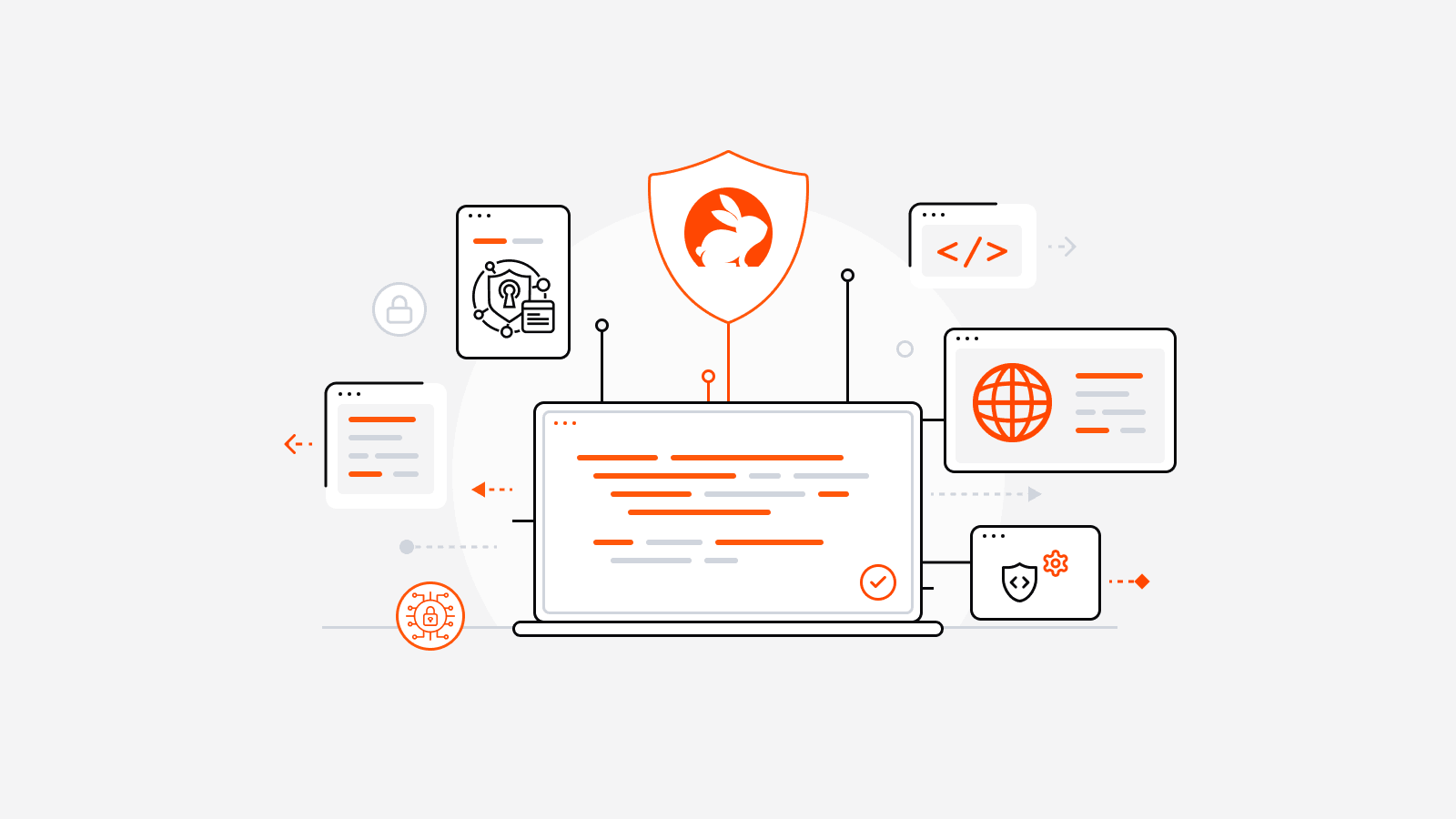Static code analyzers vs AI code reviewers: Which is Best?
by Aravind Putrevu
April 06, 2024
9 min read

by Aravind Putrevu
April 06, 2024
9 min read

Most installed AI app on GitHub and GitLab
Free 14-day trial
Most installed AI app on GitHub and GitLab
Free 14-day trial

Still have questions?
Contact us